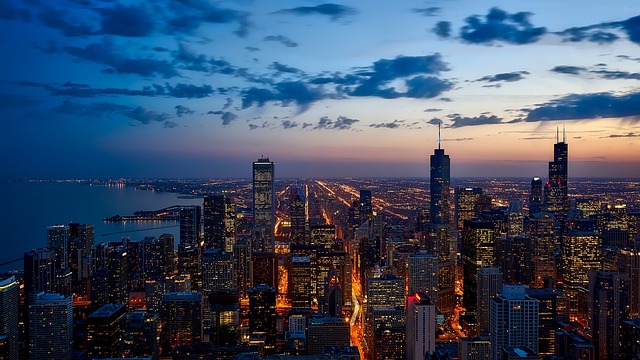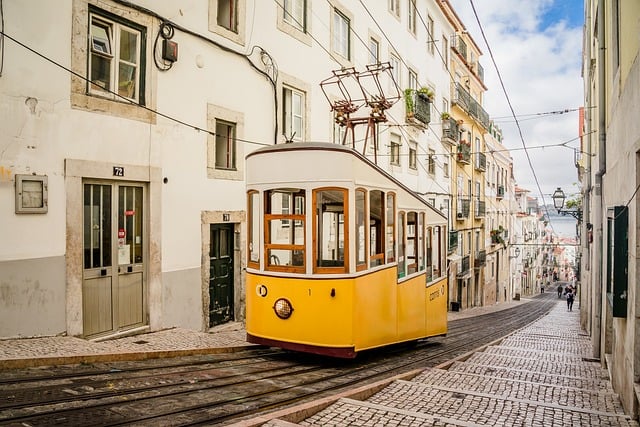Karachi, Pakistan's economic powerhouse, thrives thanks to its strategic coastal location and key trade routes, serving as a major port connecting maritime and terrestrial networks. Karsaz, in Karachi's heart, exemplifies this vibrancy with enhanced connectivity to commercial centers and infrastructure. The city faces urban challenges like dense population and rapid growth, but smart city initiatives focus on improving transportation, green spaces, and technology-driven solutions to enhance quality of life while positioning Karachi as a modern, dynamic global center.
Karachi, Pakistan’s bustling metropolis, is defined by its unique geographic location. This article delves into the concept of ‘Karsaz proximity’—a term highlighting the city’s spatial dynamics and influence. We explore how Karachi’s proximity to key landmarks and neighborhoods shapes its urban landscape, fostering growth and presenting both opportunities and challenges. From a geographical perspective, understanding these connections is vital for navigating the dynamic urban environment of this vibrant city.
- Unveiling Karachi's Proximity: A Geographic Perspective
- The Impact of Location: Karsaz and the City's Growth
- Navigating the Urban Landscape: Opportunities and Challenges in Karachi's Proximity
Unveiling Karachi's Proximity: A Geographic Perspective
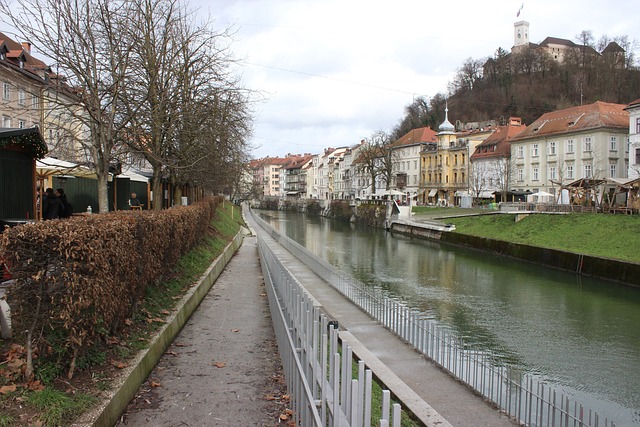
Karachi, a vibrant metropolis and the economic hub of Pakistan, is situated on the Arabian Sea coast, offering a unique blend of geographic advantages. Its strategic location has played a pivotal role in shaping its identity as a bustling commercial center. From a geographic perspective, Karachi’s proximity to key trade routes and natural resources has made it a desirable destination for businesses and investors alike.
The city’s coastal position provides easy access to international waters, facilitating maritime trade and making it a significant port on the Indian Ocean. This advantage is further enhanced by its close proximity to important land routes, ensuring efficient connectivity with interior regions of Pakistan. As a result, Karachi has become a gateway for goods and services, contributing significantly to the country’s economic growth.
The Impact of Location: Karsaz and the City's Growth
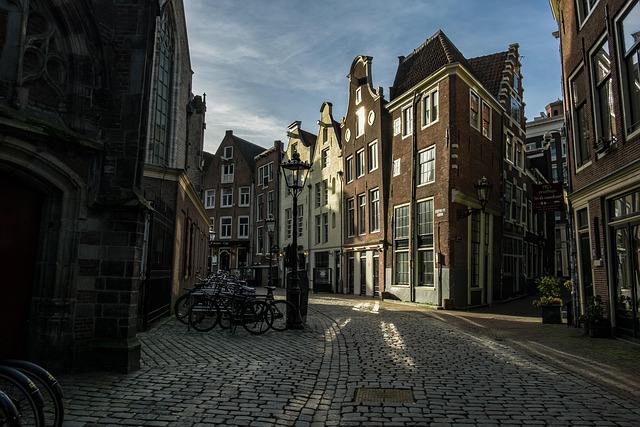
Karsaz, nestled in the heart of Karachi, has played a pivotal role in the city’s growth and development over the years. Its strategic location has made it a vibrant hub, attracting businesses, residents, and various socio-economic activities. The proximity to major commercial centers, transportation networks, and key infrastructure has contributed to Karsaz becoming a thriving microcosm within the metropolis.
As Karachi expanded, Karsaz’s central position facilitated easier connectivity, fostering an environment conducive to trade, industry, and cultural exchange. This location advantage has significantly influenced the city’s landscape, transforming Karsaz into a diverse and dynamic neighborhood that reflects the spirit of modern Karachi.
Navigating the Urban Landscape: Opportunities and Challenges in Karachi's Proximity
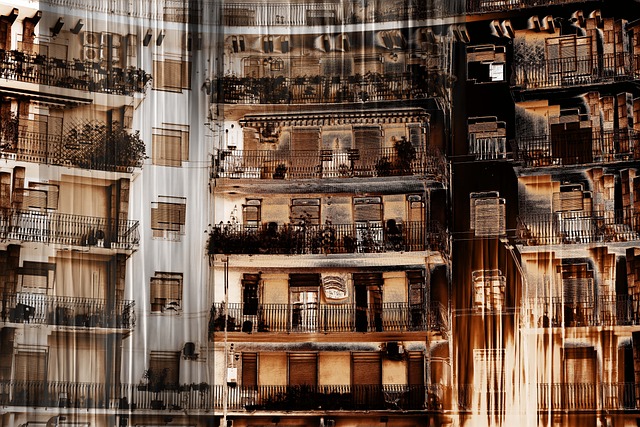
Navigating the urban landscape of Karachi presents a unique set of opportunities and challenges. As one of Pakistan’s most populous cities, Karachi is a bustling metropolis teeming with vibrant markets, cultural hotspots, and modern amenities. The proximity of various attractions, from historical sites to contemporary entertainment hubs, offers residents and visitors alike an exciting urban experience. However, the dense population and rapid urbanization have also led to infrastructure strains, traffic congestion, and a need for sustainable development solutions.
Karachi’s proximity-focused developments aim to mitigate these challenges by enhancing connectivity and accessibility. Smart city initiatives are underway, incorporating technology to streamline traffic management, improve public transportation networks, and create greener spaces that foster community engagement. These efforts not only contribute to the overall quality of life but also position Karachi as a forward-thinking urban center capable of meeting the needs of its diverse population in an ever-evolving world.
Karachi’s proximity, as revealed through geographic analysis, has significantly shaped its growth and urban landscape. The strategic location of areas like Karsaz offers unique opportunities for development while presenting challenges that must be navigated carefully. Understanding these dynamics is crucial for fostering sustainable and inclusive progress within the vibrant metropolis of Karachi. By embracing both the advantages and complexities of its proximity, the city can continue to evolve as a dynamic hub in the region.
